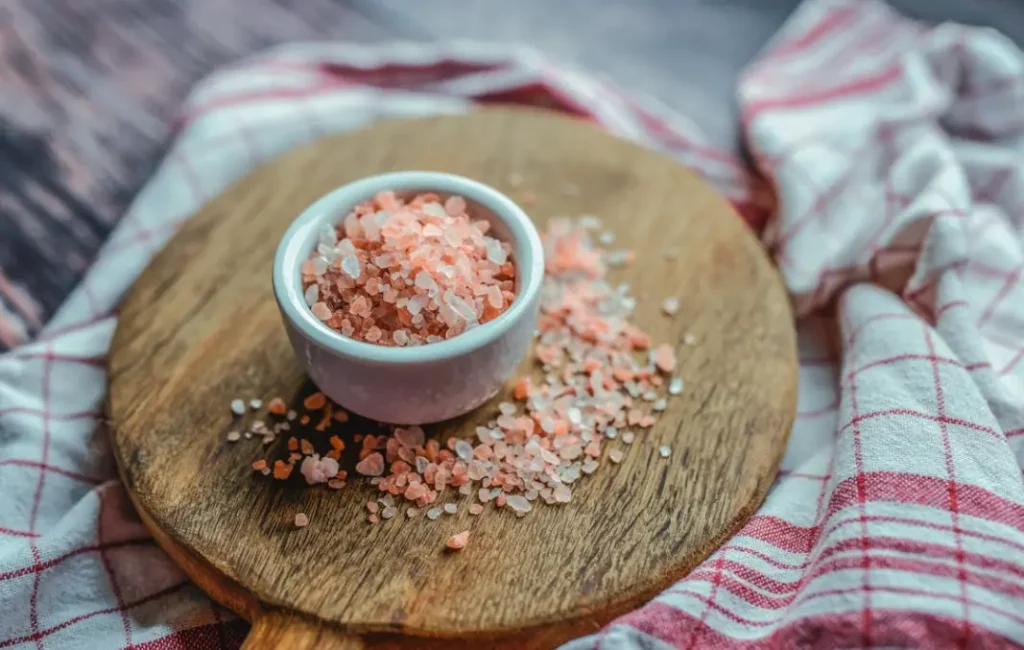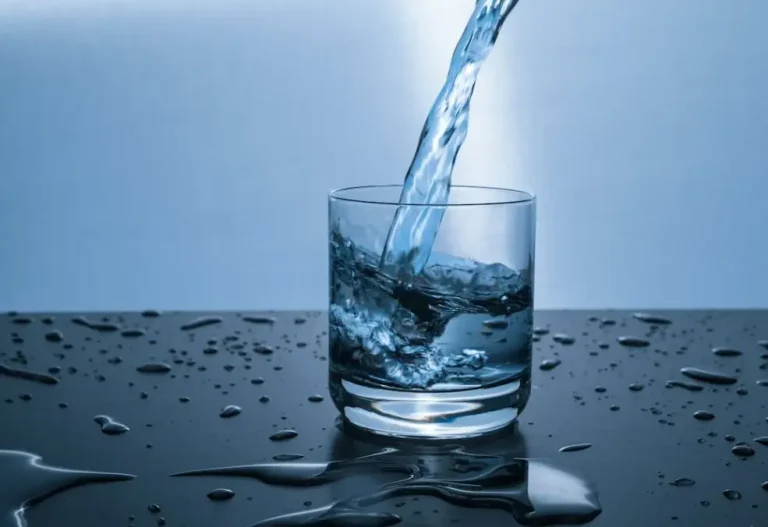
Reducing salt in your diet is a crucial step toward maintaining heart health and overall well-being. Excessive salt intake is linked to high blood pressure, heart disease, and stroke, making it essential to manage your sodium levels. This guide provides practical tips and strategies for cutting back on salt and adopting a healthier lifestyle.
1. Understand Your Salt Intake
Before you can reduce salt, it’s important to understand how much you’re consuming. The recommended daily limit for sodium is about 2,300 milligrams, but most adults consume significantly more. Start by tracking your salt intake using food labels and nutrition apps to identify high-sodium foods.
2. Choose Fresh Over Processed
Processed and packaged foods often contain high levels of sodium. Opt for fresh fruits, vegetables, and lean proteins to naturally lower your salt intake. Preparing meals at home gives you control over the ingredients and the amount of salt used.
3. Read Food Labels Carefully
When shopping for groceries, pay close attention to food labels. Look for products labeled “low sodium,” “no salt added,” or “reduced sodium.” Compare different brands and choose those with the lowest sodium content.
4. Use Herbs and Spices for Flavor
Instead of reaching for the salt shaker, enhance the flavor of your meals with herbs, spices, and other seasonings. Fresh herbs like basil, cilantro, and parsley, as well as spices such as garlic powder, paprika, and turmeric, can add depth to your dishes without the need for extra salt.
5. Gradually Reduce Salt Intake
A sudden reduction in salt can be challenging. Gradually cut back on the amount of salt you add to your food. Your taste buds will adjust over time, and you’ll begin to appreciate the natural flavors of your food more.
6. Be Mindful of Condiments
Many condiments, such as soy sauce, ketchup, and salad dressings, are high in sodium. Opt for low-sodium or sodium-free versions of these products, or try making your own at home using fresh ingredients.
7. Cook at Home More Often
Cooking at home allows you to control the amount of salt in your meals. Experiment with different cooking techniques and recipes to find delicious, low-sodium options. Home-cooked meals are not only healthier but also more economical.
8. Stay Hydrated
Drinking plenty of water can help your body flush out excess sodium. Aim to drink at least 8 glasses of water a day. Proper hydration supports overall health and helps your body manage sodium levels more effectively.
9. Educate Yourself About Hidden Sodium
Many foods contain hidden sodium, such as bread, cheese, and canned soups. Educate yourself about common sources of hidden sodium and make informed choices when selecting foods.
10. Consult a Nutritionist
If you need personalized advice or support, consider consulting a nutritionist or dietitian. They can help you create a tailored plan to reduce salt in your diet while ensuring you still meet your nutritional needs.
Conclusion
Reducing salt in your diet is a valuable step toward better health and well-being. By understanding your current salt intake, making informed food choices, and utilizing flavorful alternatives to salt, you can significantly lower your sodium consumption and improve your overall health. Start making these changes today to enjoy the benefits of a lower-sodium diet and a healthier lifestyle.
Remember, every small change counts toward achieving a healthier you!



